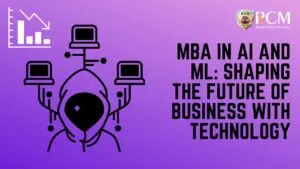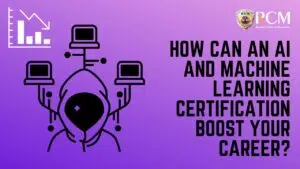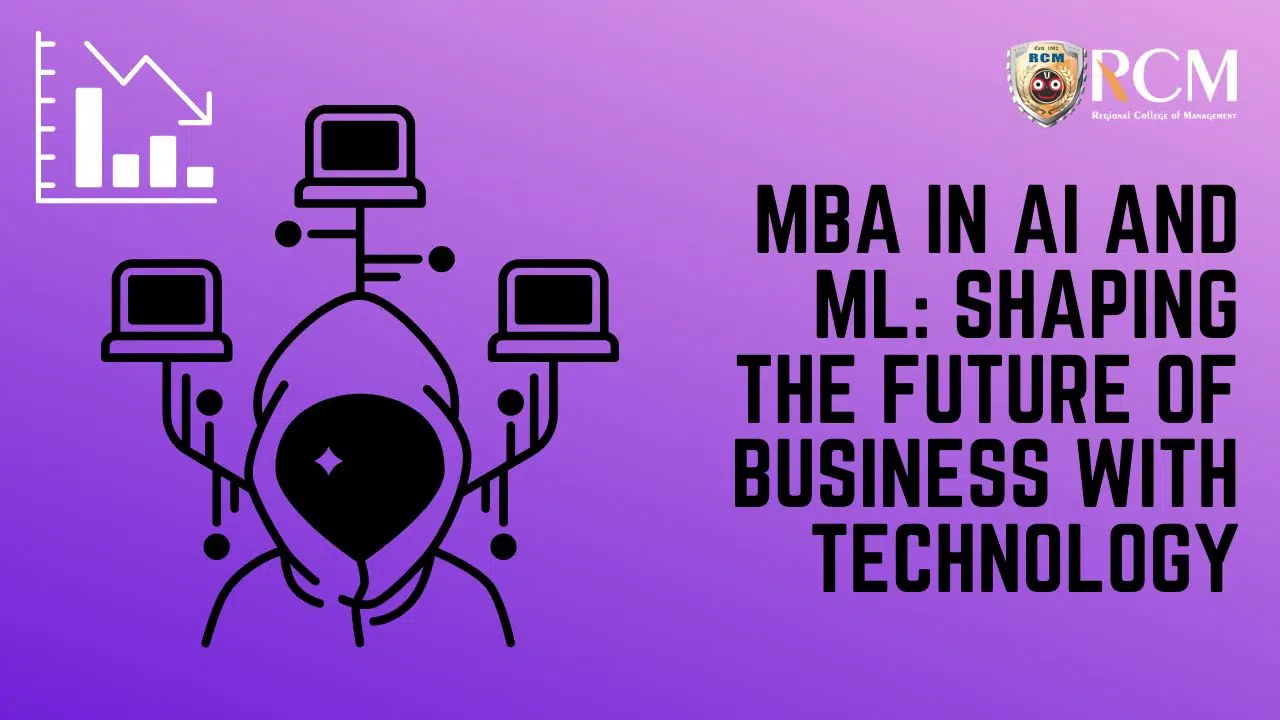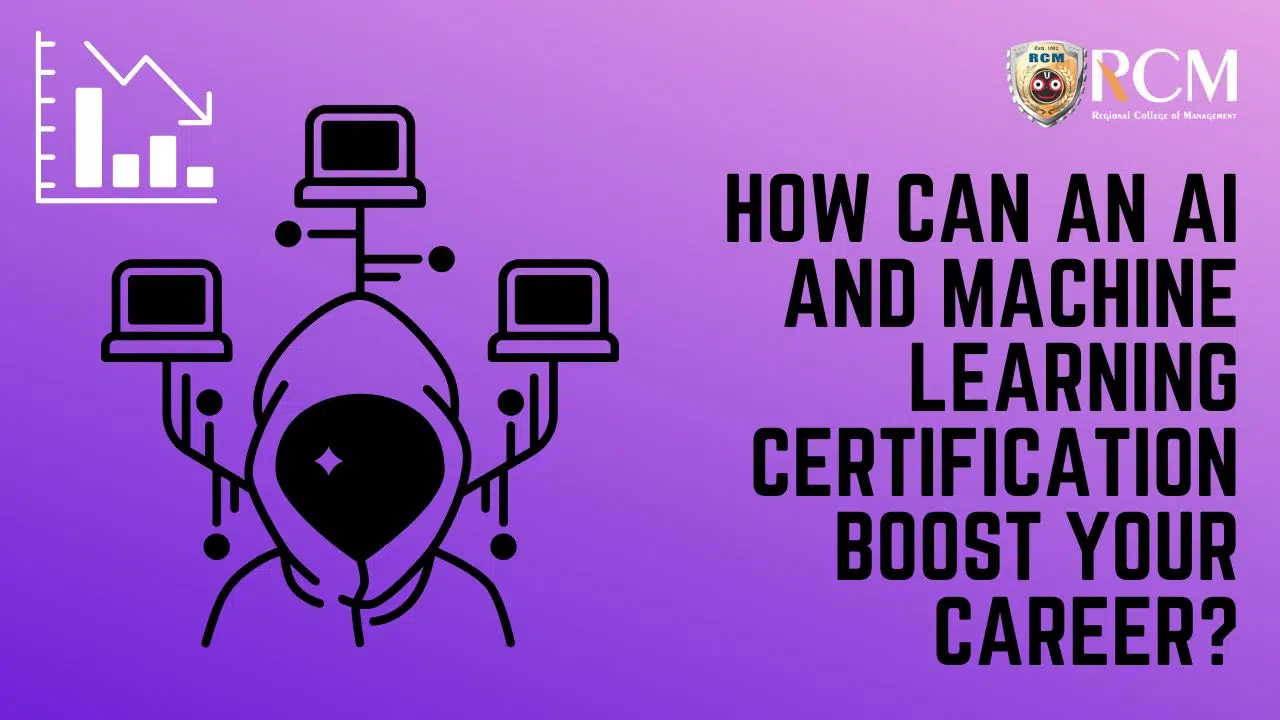The voice AI, or speech recognition, is the procedure of making a computer answer to the sounds provided in human speech. It is a new addition to the growing technology, as AI is revolutionizing the entire world. Somehow, we are actually being controlled by AI.
This is an entirely new addition to our AI series of blogs. It used by us in our daily lives through services such as Alexa, Siri, Google, and many more to come in the future or in the construction process.
This technology assists the job by giving a smooth use that allows everyone to simply connect with the technology and to have a variety of services.
Machine learning and artificial intelligence are increasing the AI makes our access to everything we desire simpler. From a market standpoint, the increasing use of AI throughout the world is a vital component of numerous businesses and gadgets.
As per the source, voice recognition technology is dispersing into two primary sections: the phonetic recognition of distinct words.
Natural language processing is the understanding of different languages as they are spoken (NLP).
What Is Voice AI?
It is a convertible AI tool that uses voice commands to follow the interpretation. Not only this, but the technology also enables devices to interact with human commands by recognising natural language.
With the capacity to comprehend and interact in human language, the voice AI chatbot has provided significant potential for businesses to service consumers. It aids in the acceleration of processes, the growth of productivity, and the scaling of activities.
According to the Pew Research Center, around 55% of virtual assistant users favour voice recognition applications because they allow for hands-free device usage. If present trends continue, the voice-based speaker industry might be worth $30 billion by 2024.
The Core:
The fundamental concept is the philosophy and development of computer systems capable of performing activities that typically require human intellect, such as sensory perception, voice recognition, strategic planning, and language translation.
It converts spoken human noises to computer interaction, which increases user dependability and simplifies tasks.
The Advantages:
Voice AI has undeniably significant advantages. It does mundane computer tasks, aids and assists paralysed people, allows for pleasant interaction between human and machine, saves time for users, and simplifies software handling.
The Amazon Echo, Siri, Google Assistant, Google Home, Amazon Alexa, and other voice AI assistants are a few great breakthroughs that have reduced the necessity for touchscreen devices. Experts predict that voice-based commerce will be worth $40 billion by 2022.
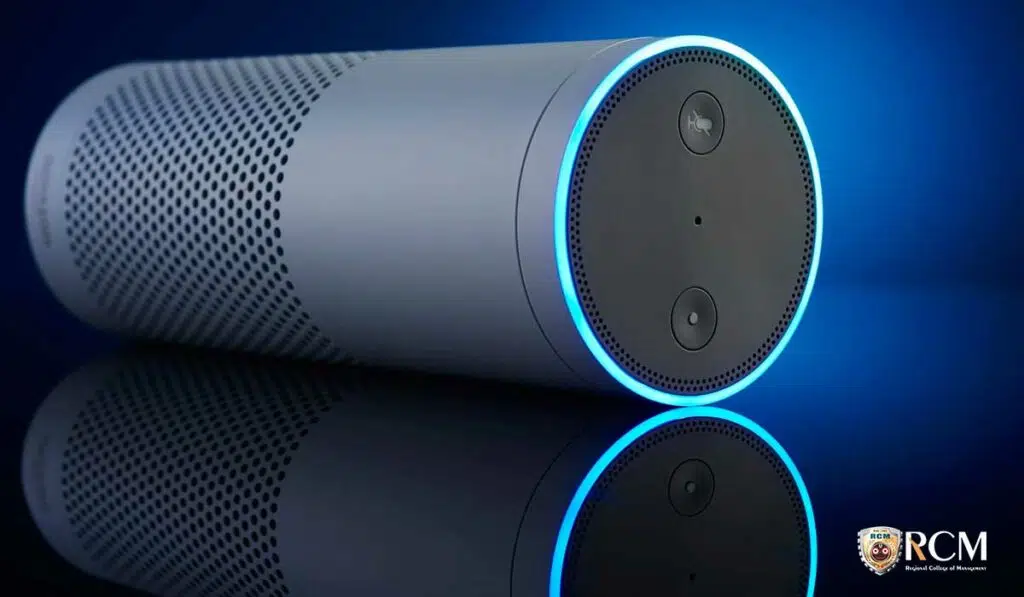
With the growing popularity of the speech AI platform, it’s natural to wonder how voice recognition works. Understanding how speech control technology works is vital for understanding the major elements to consider when using voice AI.
The Voice AI Process:
Sound AI is construct on comprehending and interpreting human language to provide acceptable outcomes. AI programming continuously improves its algorithms to deliver the most reasonable solution. A combination of AI and automation aids in the development of voice systems.
Voice AI operates similarly to how two humans interact, including encoding and decoding of the message. The stages of getting involve in AI voice recognition are discussed below.
Recognizing And Translating Speech To Text
The initial stage in the procedure is to comprehend the speaker’s speech. The speaker’s sound waves must be processed and analyzed in order to be broken down into text fractions. Businesses employ pre-speech recognition technology for this phase. The AI divides the user’s words into categories. The words are translated into bits that the system can interpret during the process.
Controlling Background Noise
There is a risk that the AI will pick up on background sounds in addition to the user’s speech. Connecting with a contact place while driving, for example, increases the chances of recording the surrounding disruptions, such as horns or announcements, in the message. Since AI is sensitive to such pitches, it can isolate the message from the noise using a neural network.
Switch Over To Neural Processing
Voice AI is construct on neural networks, which mimic the neurons in the human brain. The data set that enters the system is further divided to identify the greatest match. It attempts to evaluate the meaning of the text and match it with the best potential outcomes by reading and analyzing every single letter of the message.
Syntactic And Semantic Strategies
The voice AI is now ready to act. It gains a better knowledge of the context under consideration by analysing text using syntactic and semantic approaches. The syntactic study further deconstructs real language for grammatical rules. Furthermore, semantic analysis is center on comprehending the meaning of phrases and words.
Evaluation Of Responses
By thoroughly evaluating the user’s inquiry, the AI arrives at a certain set of findings. The system then analyses the most likely solutions and filters the results to discover the best match to the question.
Using The Language To Communicate With The User
The selected response is transmitted to the user in the last phase. Here, the user receives a response to the question while AI changes the data to audio format. The AI also stores the response for future use.
Voice AI Disadvantages:
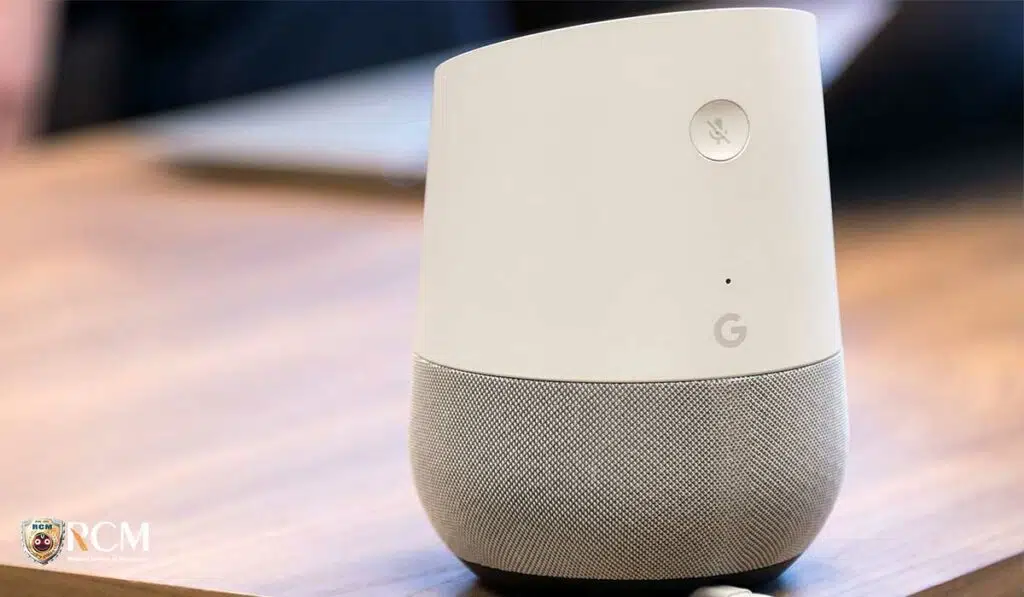
According to Statista, the Google Assistant has an accuracy rate of roughly 98 percent, making it the “wisest” voice assistant accessible. Nonetheless, businesses claim that producing voice-based products is tough. The AI catches up on ambient noise and nearby noises, which causes confusion. Fast talks are tough for technology to grasp. More than 200 words per minute is typically difficult to understand and interpret. Because accents and dialects vary by place, it is critical to include the feature to capture the various dialects. Understanding the speech’s context is also difficult and time-consuming.
The Future Of Voice AI:
Systems like as Alexa and Google Home have spawned a new branch of cognitive science study that investigates the impact of conversational gadgets engaging with consumers. The broad availability and increasing acceptance rates of voice assistants, consumers spending more on remodeling projects, and the expanding usage of mobile devices as digital assistants have all contributed to consumer behavior trends and purchase patterns. Conversational AI, particularly voice assistants, has a promising future. However, with every unexplored opportunity comes a looming deadline to act on it before it loses its competitive edge. With identifying the proper opportunity in this potential new world of voice assistants.



